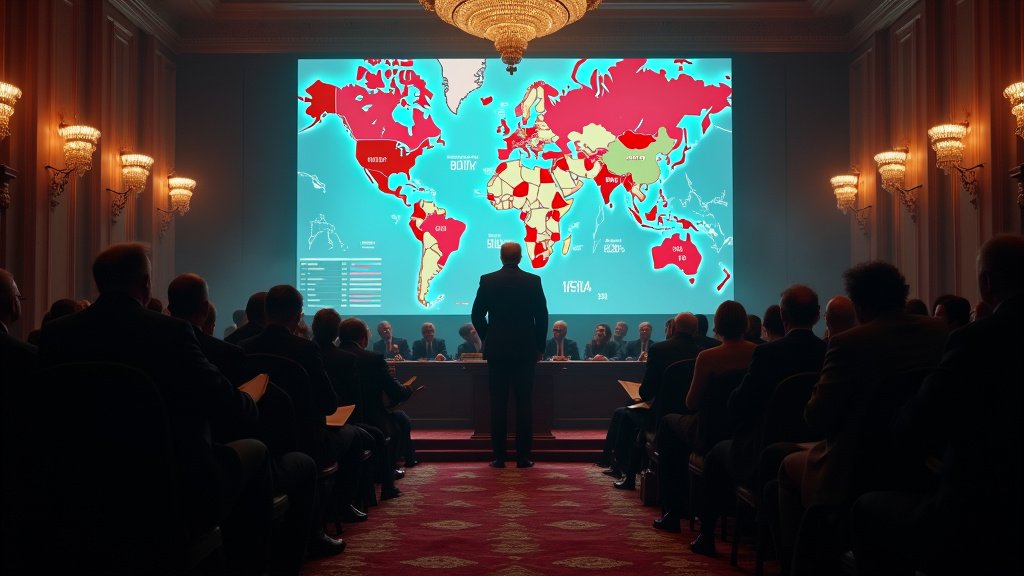President Donald Trump has announced a significant expansion of U.S. tariffs, impacting approximately 68 countries and the European Union. The sweeping new measures, with most slated to take effect on August 7, will impose tariffs ranging from 10 percent to as high as 41 percent on a wide array of goods. A baseline tariff rate of 10 percent will be applied to nations not specifically enumerated in the executive order.
Escalation in Trade Negotiations
The tariffs represent a significant escalation in the administration’s ongoing trade negotiations, stemming from perceived imbalances and a lack of reciprocal trade practices from various global partners. The move comes just ahead of a critical August 1 deadline, after which existing trade authority was set to expire, prompting the need for this pre-emptive executive action.
The White House detailed specific justifications for some of the more stringent measures. Tariffs on Canadian goods, for instance, have seen a substantial increase, rising from a previous 25 percent to 35 percent. This decision is directly linked to what the administration describes as Canada’s insufficient cooperation in efforts to curb the flow of fentanyl and other illicit drugs across the U.S. border.
Targeting Specific Nations and Trade Practices
Further demonstrating the broad scope of the new policy, a 40 percent tariff has been levied on certain Brazilian imports. The administration cited specific actions by the Brazilian government, including demands for censorship on U.S. digital platforms and the alleged persecution of political figures, as the basis for this retaliatory tariff.
However, the new tariff landscape is not entirely uniform. Several key U.S. trading partners have managed to secure more favorable terms through negotiated agreements. Countries such as South Korea, Japan, Indonesia, and the Philippines have successfully reached bilateral accords with the U.S., resulting in modified tariff rates for their goods.
In a separate development, Cambodia and Thailand have also seen their tariff rates negotiated following an agreement to a ceasefire in their border conflict. These diplomatic resolutions highlight a more nuanced approach to international trade relations, where cooperation can lead to adjusted trade policies.
Implementation and Future Outlook
The staggered implementation of these tariffs, with most beginning on August 7, is intended to provide U.S. Customs and Border Protection with adequate time to adapt to the new policies and revise collection procedures. This logistical preparation is crucial for the smooth execution of the administration’s trade strategy.
The executive order modifying reciprocal tariff rates aims to recalibrate trade relationships by imposing these new duties. The urgency surrounding the August 1 expiration date underscores the administration’s commitment to wielding trade policy as a tool to achieve its economic and foreign policy objectives. This trending news regarding US border and trade policy is set to have wide-reaching implications for global markets and bilateral relations.
As the U.S. navigates these significant shifts in trade policy, the effectiveness of these tariffs in achieving their stated goals, alongside their broader economic impact, will be closely watched by governments and industries worldwide. The news continues to develop as countries assess the implications of these new trade barriers and diplomatic avenues are explored.






